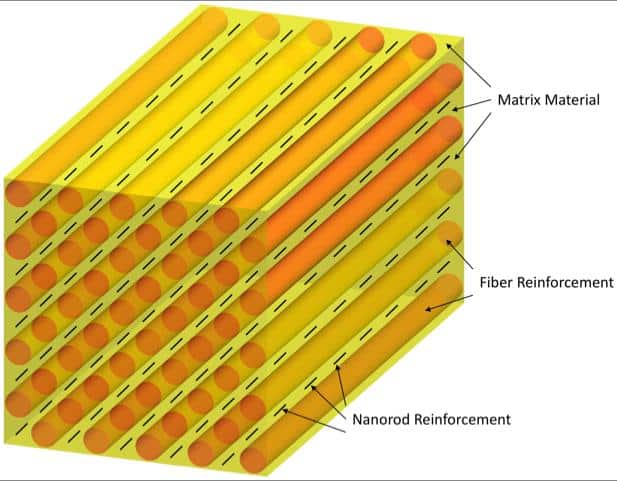Spider silk inspires load bearing composite to help heal bones

Silk fibres spun by spiders and moths have inspired the development of a biodegradable composite that can be used to repair broken load-bearing bones.

The advance from a team at the University of Connecticut is claimed to help repair bones without the complications sometimes presented by other materials.
To facilitate the repair of a load-bearing bone, doctors sometimes install a metal plate to support the bone as it fuses and heals. This can be problematic as some metals leach ions into surrounding tissue, causing inflammation and irritation. Similarly, if a metal plate bears too much load in the leg, the new bone may grow back weaker and be vulnerable to fracture.
Seeking a solution to the problem, UConn professor Mei Wei, a materials scientist and biomedical engineer, turned to spiders and moths for inspiration. In particular, Wei focused on silk fibroin, a protein found in the silk fibres spun by spiders and moths known for its toughness and tensile strength.
Register now to continue reading
Thanks for visiting The Engineer. You’ve now reached your monthly limit of news stories. Register for free to unlock unlimited access to all of our news coverage, as well as premium content including opinion, in-depth features and special reports.
Benefits of registering
-
In-depth insights and coverage of key emerging trends
-
Unrestricted access to special reports throughout the year
-
Daily technology news delivered straight to your inbox










INWED Engineering Profile: Naval Architect Ellie Driver
Not a woman I´d want to cross … oh, that was Elle Driver